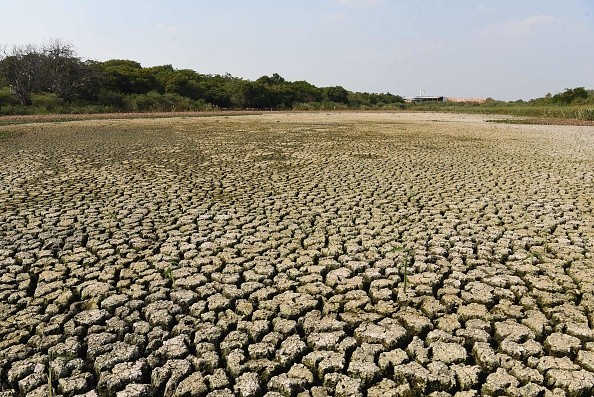Using satellite data, North Carolina State University researchers discovered that higher elevation forests in the Blue Ridge Mountains frequently maintain, and in some cases increase, their water usage during prolonged droughts.
The findings, which were published in the journal Landscape Ecology, show that upstream forests' greater water use may leave less water downstream for forests, towns, and animals during a drought.
Drought affects water supply downstream

Droughts are expected to grow more severe and frequent, so it's critical to understand how that will affect the quantity of water available, according to the study's primary author, Katie McQuillan, a graduate student in NC State's Center for Geospatial Analytics, as cited by ScienceDaily.
They discovered that during droughts, these woods use more water on average, resulting in less water flowing downstream.
Based on thermal infrared remote sensing data collected by satellites between 1984 and 2020, researchers examined how trees utilize water and emit it as vapor.
They utilized the information to better understand patterns in forest water usage in the Blue Ridge Mountains of Virginia, North Carolina, Tennessee, South Carolina, and Georgia.
McQuillan believes that forested mountain regions are critical to the quality and amount of water available downstream.
Mountain forests offer some of the cleanest and most reliable sources of water, and their influence on the amount of water accessible downstream for people and aquatic organisms is significant.
During harsh droughts, they discovered that higher elevation forests' average water usage remained constant or slightly rose.
These woods, which accounted for around 22% of the forest area investigated, were often found above 3,280 feet.
Meanwhile, they discovered that lower elevation woods used less water on average.
Across all elevations, researchers discovered that mountain forests consumed more water than usual during the drought's climax.
Rising temperatures as a result of climate change, according to the researchers, are likely to play an impact.
Changes in the species of trees present in forests as a result of fire suppression, as well as changes in precipitation or other trends, might possibly have a role in their findings, according to the researchers.
Drought-tolerant species like maples and tulip poplars, which were formerly found at lower elevations, are now increasingly abundant throughout the terrain.
Increase in water scarcity due to droughts
Droughts have a wide range of effects, including water supply issues, shortages and degradation of quality, saline water intrusion in groundwater bodies, increased contamination of receiving water bodies (since there is less water to dilute pollutant discharges), and declines in groundwater levels, as per Lenntech.
A drought occurs when a period of low rainfall results in a lack of water. It begins when overall rainfall is significantly below average for several months.
A balance is required between the amount of water extracted for supply and the amount of water replenished by surface run-off.
During the winter, surface run-off often considerably exceeds demand for supply, allowing extra water to be stored and utilized when surface run-off is less than consumer demand.
A major issue occurs when there is a dry winter and the projected surplus of water does not occur, resulting in reservoirs not being fully filled at the start of the summer.
Related article: Drought in Western US Could Last Until 2030 Due to Climate Change
© 2025 NatureWorldNews.com All rights reserved. Do not reproduce without permission.





